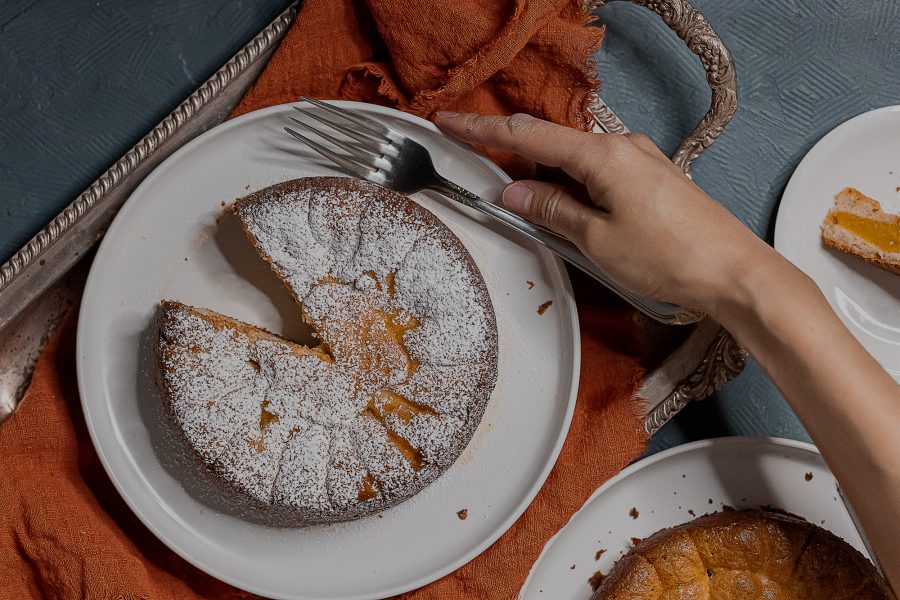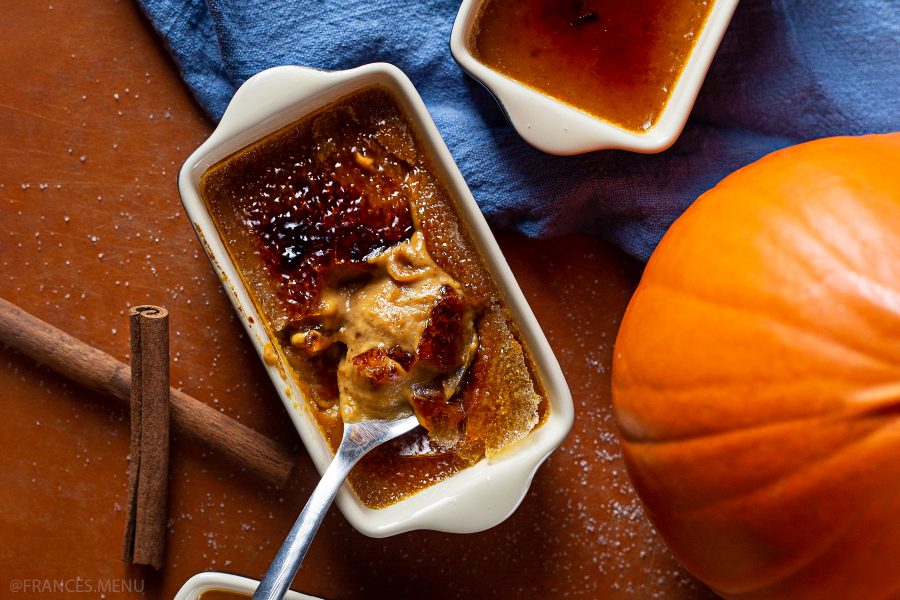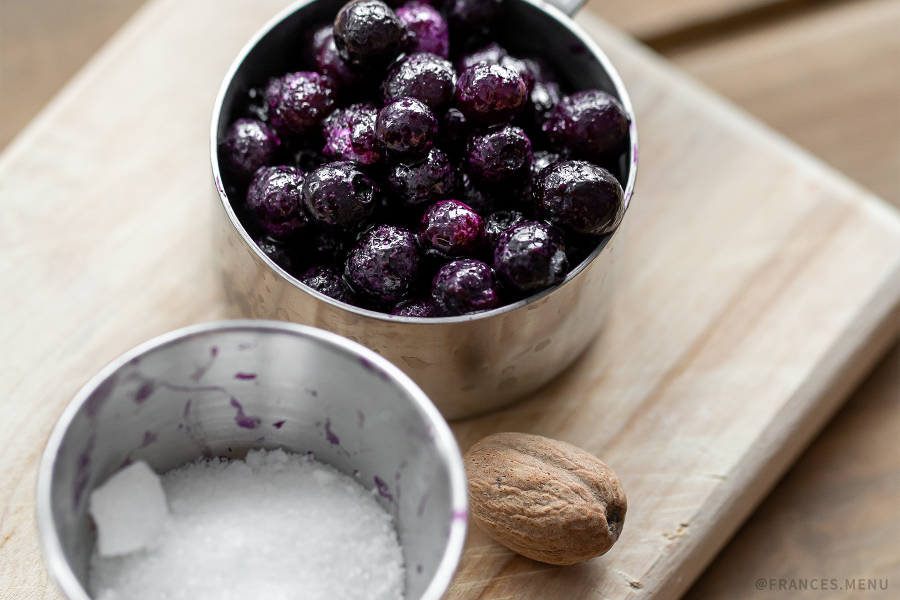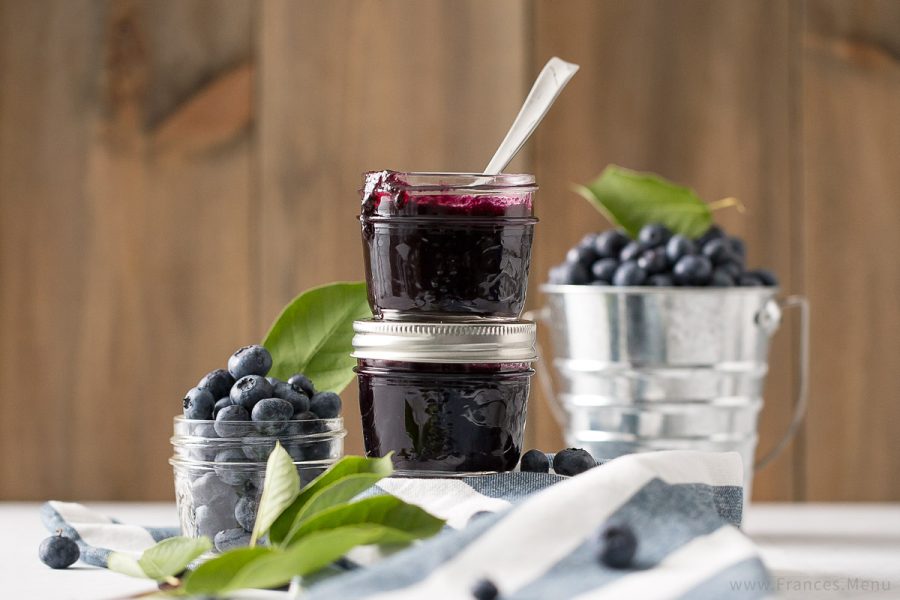
Almond Dacquoise Cake (with Peaches)
This Peach Almond Dacquoise Cake makes the perfect gluten free afternoon tea dessert!
Continue Reading
This Peach Almond Dacquoise Cake makes the perfect gluten free afternoon tea dessert!
Continue Reading
Looking for that perfect 🦃Thanksgiving party dessert that is both impressive and easy to make? This pumpkin creme brulee recipe will transform your Fall parties forever!
Continue Reading
This easy recipe creates an impressive Earl Grey Panna Cotta complimented by a delicious Blueberry Compote! Make ahead to impress your date or for a house party!
Continue Reading
Ten years ago, if you told me that I would be making my own delicious Blueberry Vanilla Jam for breakfast, I would have thought you were crazy.
Continue Reading
My mother, who is an incredibly talented cook, taught me that adding cornstarch is the trick to giving any watery sauce some thickness in most Chinese cuisine.
If you’ve ever been to Chinese dim sum, you’ve most likely had this dish before—Steamed Black Bean Spare Ribs. I can never say no to the simple yet magical combination of black beans and pork ribs. They are one of my favourite things to eat at dim sum, and I’ve learned to enjoy its saucy texture over the years. My recent craving for it had me running to the local TNT Chinese supermarket where I bought a bag of Chinese dried black beans to experiment. Little did I know it was so easy (and fast) to cook!
I’ll let you know that shopping for Chinese dried black beans was no easy feat. There were many brands to choose from and it didn’t help that I had heard of many horror stories about toxic chemicals and fake foods coming out of China. In the end, I went patriotic and bought one of the brands that originated from Hong Kong. Whichever one you purchase, make sure the black beans are dry and without sauce, if you are following my recipe.
Chinese dried black beans don’t look very appetizing, that’s for sure. However, what they lack in looks they make up in the intense salty fermented flavour. This ingredient is usually the main player in any dish that calls for it and a little bit goes a long way. I would also recommend trying these black beans with a bowl of plain white rice and a fried egg. Just thinking about this combination gets me drooling—once you try it, you will understand.

My mother, who is an incredibly talented cook, taught me that adding cornstarch is the trick to giving any watery sauce some thickness in most Chinese cuisine. One of the defining characteristics of black bean pork ribs is its thick saucy glaze, which is why this recipe uses a lot of cornstarch. If you don’t like this texture, you can dial it down by reducing this ingredient.
Pan-Fried Soft Shell Crab is extremely easy to prepare and cook. The basics are as follows: butter, soft shell crab, a pan and heat. Add some garlic and a squirt of lemon and you have a mouth-watering appetizer on your plate—one with a crispy outer shell filled with sweet juicy crab meat.
There are a million and one ways to cook potatoes. They can be grilled, boiled, sautéed, braised, mashed, baked, and microwaved. Yes—microwaved. I used to have a coworker who would microwave potatoes for lunch, whenever I saw the microwave timer set for 7 minutes or more, I knew there was a potato rotating in that microwave.

There are a million and one ways to cook potatoes. They can be grilled, boiled, sautéed, braised, mashed, baked & microwaved. Yes—microwaved.
If you’ve ever had a Korean meal, chances are, the main dish was preceded by a bunch of small appetizer dishes containing foods like dried fish, pickled carrot, fish cakes, kimchi, and potatoes. These little dishes are called banchan. One of my favourite banchans is Kamja Jorim, which is a chilled braised potato dish. My version of this is sweet n’ spicy braised potatoes which be served hot as a family style dish or chilled and served as a banchan.

Do you need recipes developed and filmed? Do you have some food/products you want me to photograph? I’d love to hear from you! DM me through IG @frances.menu or email at franceslamdesigns @gmail.com!

